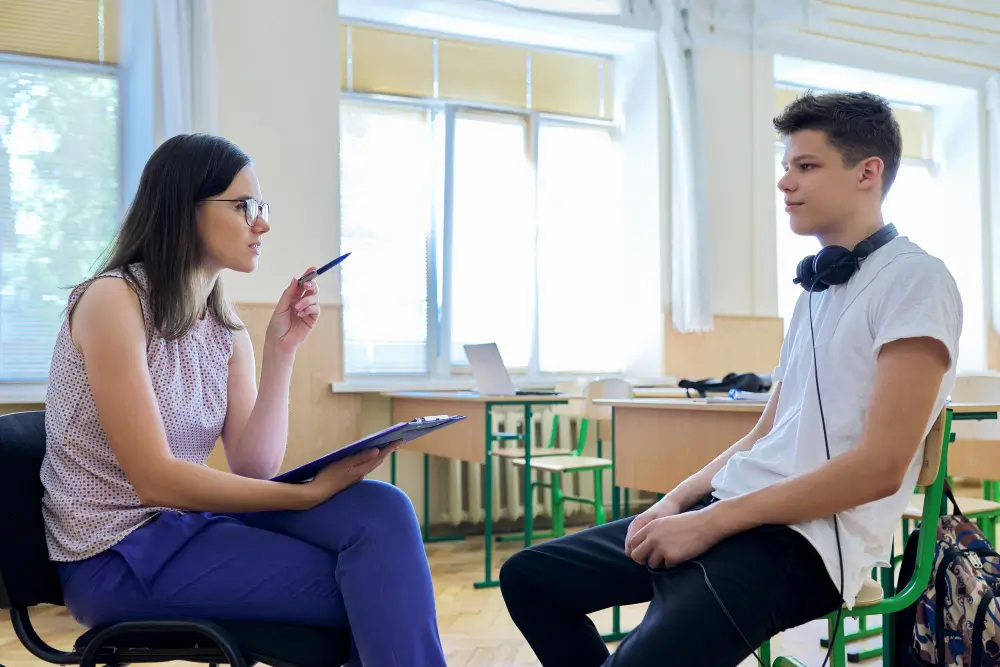Post-Traumatic Stress Disorder (PTSD) affects 7.7 million American adults each year. PTSD is most commonly associated with military veterans who have been exposed to combat. However, there are various types of traumatic experiences that can cause this disorder. Additionally, PTSD also occurs in children and teens.

Mental Health
The Most Common Teenage Issues and Problems
Learn what are the most predominant issues affecting teenage mental health today, and how can parents guide them through these challenges to succeed




